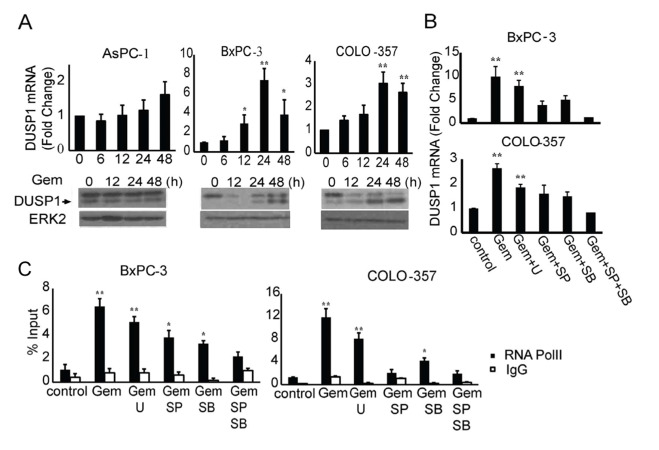Fig 2. Gemcitabine induces DUSP1 transcription through JNK and p38 MAPK signaling.
(A) AsPC-1, BxPC-3, and COLO-357 cells were incubated for the indicated times with 100 ng/ml, 10 ng/ml, and 5 ng/ml gemcitabine, respectively, and DUSP1 levels were assessed by Q-PCR. Additionally, immunoblotting of cell lysates from AsPC-1, BxPC-3, and COLO-357 cells that were incubated for the indicated times with 100 ng/ml, 10 ng/ml, and 5 or 10 ng/ml gemcitabine, respectively, revealed that gemcitabine increased DUSP1 protein levels in BxPC-3 and COLO-357 cells, but not in AsPC-1 cells. In the example shown COLO-357 cells were incubated with 10 ng/ml gemcitabine. (B,C) BxPC-3 and COLO-357 cells were incubated for 24 h with 10 ng/ml and 5 ng/ml gemcitabine, respectively, in the absence or presence of 10 μmol/L U0126, 10 μmol/L SP600125, 10 μmol/L SB203580, or both SP600125 and SB203580, and Q-PCR (B) and RNA polymerase II ChIP followed by Q-PCR for DUSP1 gene body region (C) were performed. All RNA-related data are the means ± SEM of 3 experiments. *p<0.05; **p<0.01, compared with control.

